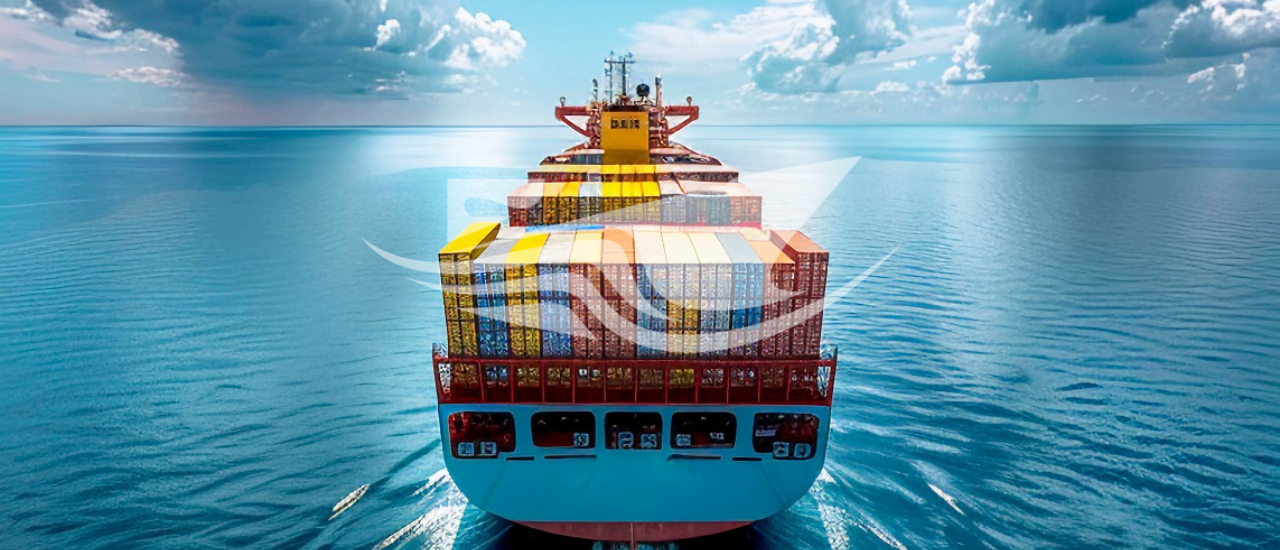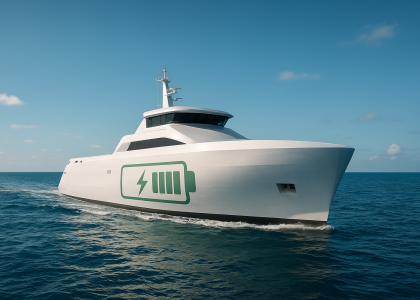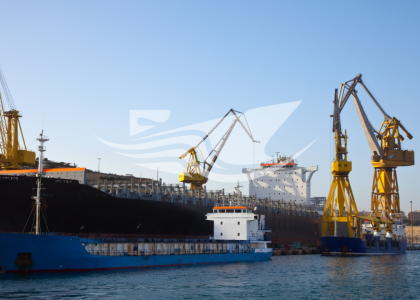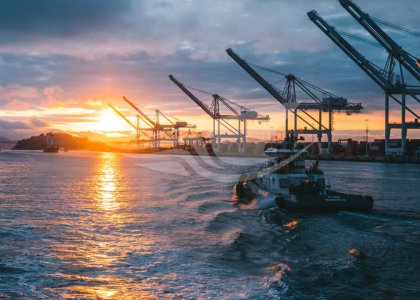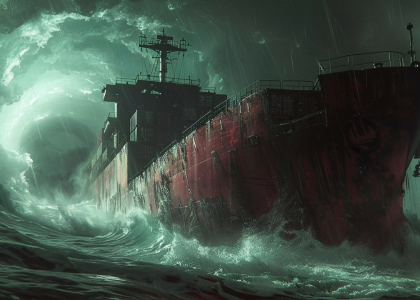As the maritime industry charts its course toward a greener future, zero emissions has become more than just a goal—it’s now an urgent necessity. Environmental regulations, such as IMO 2050, are driving the demand for sustainable vessel design that reduces carbon output and minimizes ecological impact. In response, shipbuilders, designers, and operators are rethinking every element of vessel design to embrace green shipping as the new standard (image by: freepik).
Designing for Zero Emissions: Beyond Traditional Efficiency
Achieving zero emissions requires going far beyond conventional energy efficiency upgrades. It demands a total reengineering of the vessel—from hull shape and materials to propulsion systems and onboard energy use. Designs are now integrating electric propulsion, hydrogen fuel cells, wind-assisted systems, and solar power as viable alternatives to fossil fuels.
Naval architects are leveraging advanced computational tools and simulations to optimize hull performance and reduce drag. Materials like carbon fiber composites and lightweight aluminum are increasingly replacing traditional steel to reduce vessel weight and improve energy consumption rates.
Join the green shipping revolution. Discover how our expertise in sustainable vessel design can benefit your fleet.
Energy Storage Systems in Zero-Emission Vessels
The push for sustainable vessel design also includes energy storage innovations. Lithium-ion battery banks, hybrid power management systems, and shore charging infrastructure are becoming core components in the blueprint of tomorrow’s ships. Moreover, smart automation systems now regulate power distribution, monitor fuel consumption, and ensure real-time emissions control, improving operational sustainability.
For example, electric ferries in Scandinavia have demonstrated the feasibility of large-scale battery systems for short-route applications. These vessels not only operate quietly but also significantly reduce nitrogen oxide and particulate emissions in sensitive coastal areas.
Green Compliance and Zero Emissions Certification
Environmental compliance is no longer optional. As carbon taxes and emissions reporting become standardized across global ports, vessel owners who adopt green designs now will have a major advantage in future operations. Designing for zero emissions not only ensures alignment with current environmental standards, but also positions fleets for long-term competitiveness in a decarbonized shipping industry.
Classification societies such as DNV and Lloyd’s Register are issuing green notations that reward vessels built with zero or near-zero emission technologies. This not only benefits regulatory compliance but also enhances the ship’s charter potential, especially for clients with sustainability mandates.
Integrated Vessel Design Strategy for Zero Emissions
Designing a zero-emission vessel is not a single-step solution—it’s a phased approach that begins at the concept stage. Collaboration between clients, naval architects, system integrators, and regulatory bodies is key. Each design element, from the hull’s hydrodynamics to the onboard HVAC system, must be optimized for energy use and emissions impact.
At PT. Lentera Segara Indonesia, we use digital twin technology and lifecycle analysis to evaluate the environmental impact of every design decision. This ensures that the final product not only meets performance requirements but also contributes meaningfully to global emission reduction goals.
Materials and Manufacturing for Green Shipping
In addition to propulsion and systems, the choice of construction materials plays a vital role in building a sustainable vessel. Advanced composites, such as carbon and basalt fiber, offer high strength-to-weight ratios and excellent corrosion resistance, reducing the need for frequent repairs or replacements.
Modern shipyards are also incorporating cleaner manufacturing techniques. Robotics and modular construction reduce waste and improve build precision. Some yards are even transitioning to using renewable energy sources, such as solar or hydroelectric power, for their fabrication processes.
Operational Advantages of Zero-Emission Vessels
Besides environmental benefits, zero-emission vessels offer operational and economic advantages. Electric or hybrid engines reduce fuel costs and noise pollution, while predictive maintenance systems extend equipment lifespan. With fewer emissions, there’s also less fouling on hulls and equipment, which translates to reduced dry-docking frequency and lower lifecycle costs.
Moreover, consumers and logistics companies are increasingly choosing greener supply chains. Having a zero-emission vessel in your fleet can be a strong differentiator in competitive markets, positioning your brand as a leader in sustainable operations.
Global Trends and Regional Adoption
Countries such as Norway, Japan, and the Netherlands are already leading the way in zero-emission vessel adoption. Government subsidies, port incentives, and innovation partnerships have accelerated deployment. Meanwhile, emerging economies are exploring retrofitting strategies to modernize existing fleets within budget constraints.
Asia, especially Southeast Asia, presents unique opportunities. With thousands of inter-island routes and strong solar potential, hybrid and electric vessels could offer sustainable, scalable solutions to decarbonize regional maritime transport.
Customized Solutions for Diverse Vessel Types
Whether it’s a small passenger ferry, a coastal patrol boat, or a commercial tug, each vessel requires tailored solutions. There is no “one design fits all” approach in zero-emission shipping. Vessel function, range, operating environment, and budget all influence the right combination of systems and design elements.
Through feasibility studies and prototype simulations, PT. Lentera Segara Indonesia supports clients in choosing the optimal configuration. From solar-assisted catamarans to hydrogen-powered crew transfer vessels, our design solutions balance innovation with practicality.


